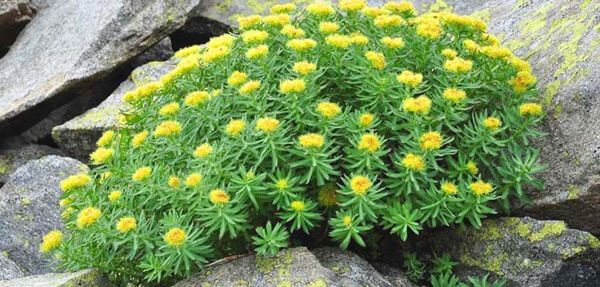Let us first acknowledge that the lands we climb on belonged to and were cared for by those that came before us. On our Climbing Areas page, we will list the native lands on which these areas are located which link to information regarding those native lands. Please take the time to educate yourself .

Pennsylvania has over 2 million acres of State Forest. State forests provide unique opportunities for dispersed, low-density outdoor recreation that can be obtained only through large blocks of forest. Climbing is permitted on state forest lands unless posted as prohibited.
The State Parks system includes # parks on 300,000 acres. From hiking to biking, fishing to hunting, hang gliding to snowmobiling, Pennsylvania has a wide diversity of recreational opportunities. Unlike forest lands, climbing must be an approved activity.
While State Parks and Forests are managed differently, they share many of the same guiding principles. In 2009?, the Access Fund and local climbing advocates helped shape statewide climbing guidelines on DCNR lands.

The Game Commission owns and manages nearly 1.5 million acres of state game lands throughout the Commonwealth. The primary purpose of these lands is the management of habitat for wildlife and provide opportunities for lawful hunting and trapping.
Recreation is considered a secondary uses and is permitted in accordance with the Game Commission’s regulations. Abiding by these regulations, especially during hunting season, will keep access open and everyone safe!

Below the state level, local governments are divided into various tiers. Most recognizable in Pennsylvania is County level. Beyond that, you may have a city, township, borough, village or other entity. Responsibilities and management vary greatly and are not necessarily consistent.
Local government can be easier to engage and may have a faster response time. However, they may or may not have the resources to help support a climbing area for items such as infrastructure or search and rescue. Creating good relationships on a local level is very important.

Private lands are those owned by residents and businesses. There are varying degrees of trespass law depending on intent and notification by the land owner.
Private property does not necessarily mean no access. There are many instance in PA where private land owners have entered into agreements to open climbing to the public. However, it is a land owners right to not grant access and climbers must respect that.

Raptors are birds of prey that feed on live captured prey or on carrion. The word “raptor” is derived from the Latin word “rapere,” which means “to seize.”
The most notable raptor related to climbing areas in PA are peregrine falcons. Climbers have long history of complying with raptor closures. Steps have been taken to help mitigate raptor closures, some with more success than others.

The bat populations in North America have undergone unprecedented declines because of impacts from wind energy development and new diseases.
Bats love cracks and crevices…climbers love cracks and crevices! So climbers have a unique opportunity to help study roosting habitats. There are also interesting technologies that can help identify bat populations at current and future climbing sites.

Vegetation is a key component of an ecosystem and is involved in the regulation of various biogeochemical cycles, e.g., water, carbon, nitrogen. Vegetation converts solar energy into biomass and forms the base of all food chains.
Many climbers don’t love it but did you know that poison ivy is actually a native species to much of Eastern PA! We also have rare species from cacti to artic wildflowers which have been protected by climbers for years.